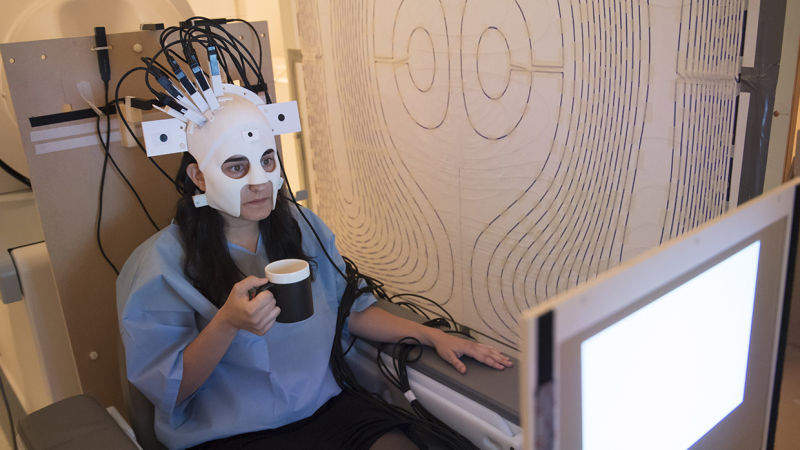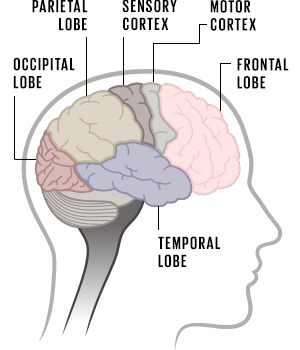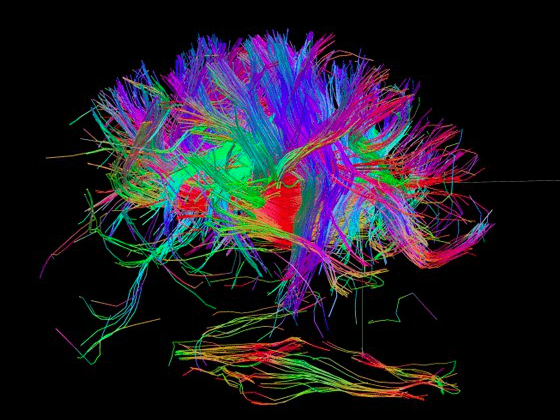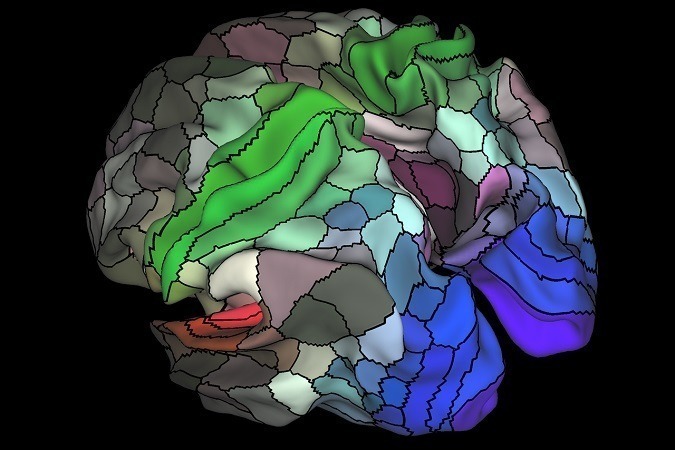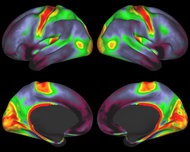Posts Tagged ‘Connectome’
From Angry Birds to brain mapping: The Gamification of Neuroscience
___ A Quarter Million Gamers Helped Build This Incredibly Detailed Map of the Brain (SingularityHub): “In 2012, when Angry Birds was in its prime, Seung had an inspiration. “What if,” he wondered, “we could capture even a small fraction of the mental effort that goes into Angry Birds (for brain mapping)? Think of what we…
Read MoreWearable brain scanners to enable broader, easier, cheaper access to neuroimaging
___ This Brain Scanner Is Way Smaller Than fMRI but Somehow 1,000% Creepier (Gizmodo): “It may look like something befitting Halloween’s Michael Myers, but the device pictured above is actually a breakthrough in neuroscience—a portable, wearable brain scanner that can monitor neural activity while a person is moving
Read MoreUnderstanding the “It” in “Use It or Lose It”
From Macro to Micro: A Visual Guide to the Brain (IEEE Spectrum) In the human brain, higher-level information processing occurs in the neocortex, neural tissue that forms the outer layer of the cerebral cortex. In its intricate folds, brain cells work together to interpret sensory information and to form thoughts and plans. The neocortex is…
Read More7 ways in which the Human Connectome Project is moving the brain research needle
———- The Human Connectome Project: Progress and Prospects (Cerebrum): “Understanding the human brain in health and disease represents a grand scientific challenge for the 21st century and beyond. How does a collection of 90 billion neurons interconnected by 150 trillion synapses give rise to the extraordinary capabilities of human behavior and the amazing diversity of talents…
Read MoreA new era of brain cartography, powered by neuroimaging and machine learning
Human brain mapped in unprecedented detail (Nature): “Think of a spinning globe and the patchwork of countries it depicts: such maps help us to understand where we are, and that nations differ from one another. Now, neuroscientists have charted an equivalent map of the brain’s outermost layer — the cerebral cortex — subdividing each hemisphere’s…
Read MoreScanning healthy brains to understand and enhance our minds
The Brain, in Exquisite Detail (The New York Times): “Each of the 1,200 subjects whose brain data will form the final database will spend a good 10 hours over two days being scanned and doing other tests. The scientists and technicians will then spend at least another 10 hours analyzing and storing each person’s data to…
Read More

